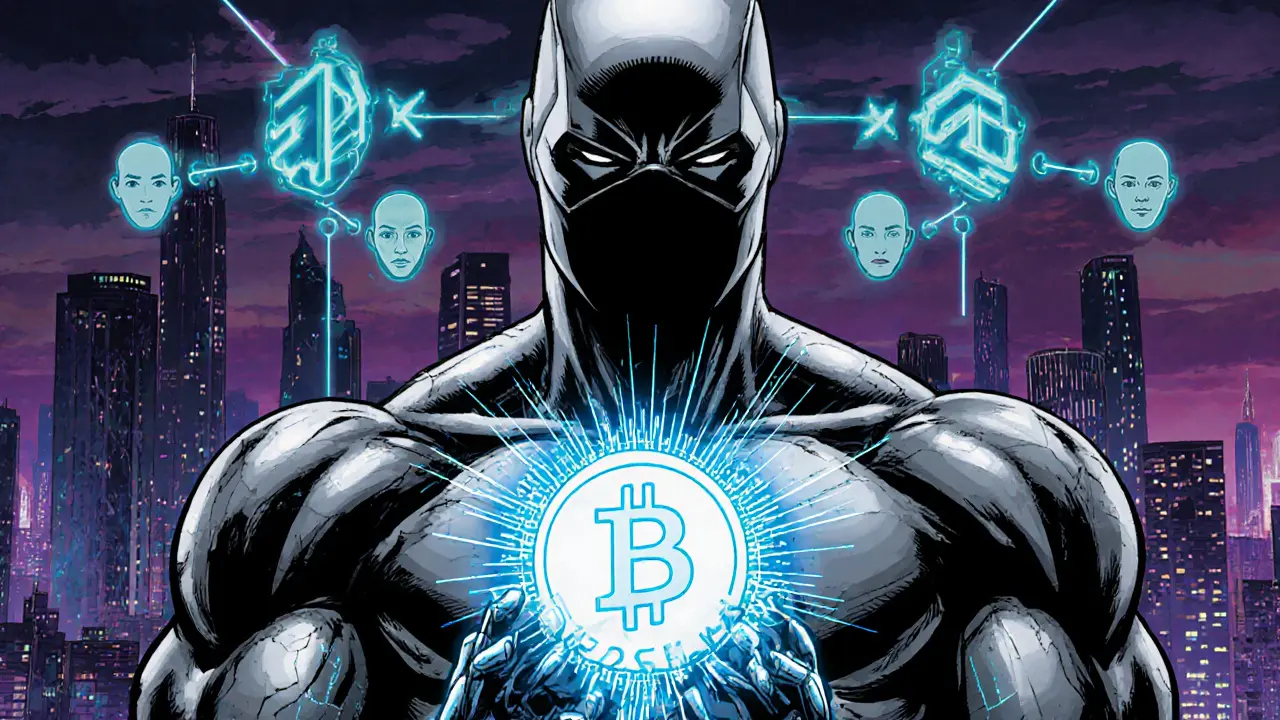ERC-20 Token: The Backbone of Modern Crypto Assets
When talking about ERC-20 token, a standardized set of rules that lets developers create interchangeable digital assets on the Ethereum blockchain. Also known as the Ethereum token standard, it defines how tokens are transferred, how data about them is accessed, and how other smart contracts interact with them. In short, ERC-20 token encompasses token creation, requires a compliant contract, and enables seamless integration across wallets and platforms.
Why ERC-20 Matters in the Crypto World
One of the biggest forces behind ERC-20 token adoption is Ethereum, a decentralized, open‑source blockchain that supports programmable smart contracts. Ethereum powers ERC-20 tokens by providing the underlying consensus and gas mechanism that makes token transfers cheap and reliable. Because Ethereum is public, permissionless, and has a massive developer community, ERC-20 token projects can launch quickly without building a new chain from scratch.
The magic really happens at the level of smart contracts, self‑executing code that lives on the blockchain and enforces the ERC‑20 rules automatically. Smart contracts require developers to code functions like transfer() and balanceOf(), which guarantee that token balances update correctly and that no one can double‑spend. This automated trust layer is why ERC-20 tokens are considered secure enough for billions of dollars in value.
Once an ERC-20 token is live, it quickly finds a home on cryptocurrency exchanges, platforms where users can buy, sell, and trade digital assets. Exchanges influence token visibility, liquidity, and price discovery. Most major exchanges support ERC-20 tokens out of the box, meaning a new project can reach global traders within days of launch. This network effect also fuels airdrops, staking programs, and liquidity mining that many of our articles cover.
DeFi (decentralized finance) is another arena where ERC-20 token plays a critical role. Protocols like lending platforms, automated market makers, and yield farms all rely on ERC-20 tokens for collateral, governance, and reward distribution. Because the standard is uniform, any DeFi smart contract can interact with any ERC-20 token without custom integration, dramatically lowering development costs and speeding up innovation.
Beyond finance, ERC-20 tokens have spawned entire ecosystems of utilities: governance voting, access passes, and even hybrid models that blend tokenomics with NFTs. Understanding the token’s attributes—total supply, decimals, and burn mechanisms—helps investors assess risk and potential upside. Our collection below digs into real‑world reviews, airdrop guides, and regulatory snapshots that illustrate how ERC-20 tokens operate in practice.
Ready to see how ERC-20 token standards shape the projects you care about? Below you’ll find in‑depth reviews of exchanges, step‑by‑step airdrop instructions, and analysis of market trends—all built around the same core technology. Dive in and discover the practical side of ERC-20 tokens across the crypto landscape.


